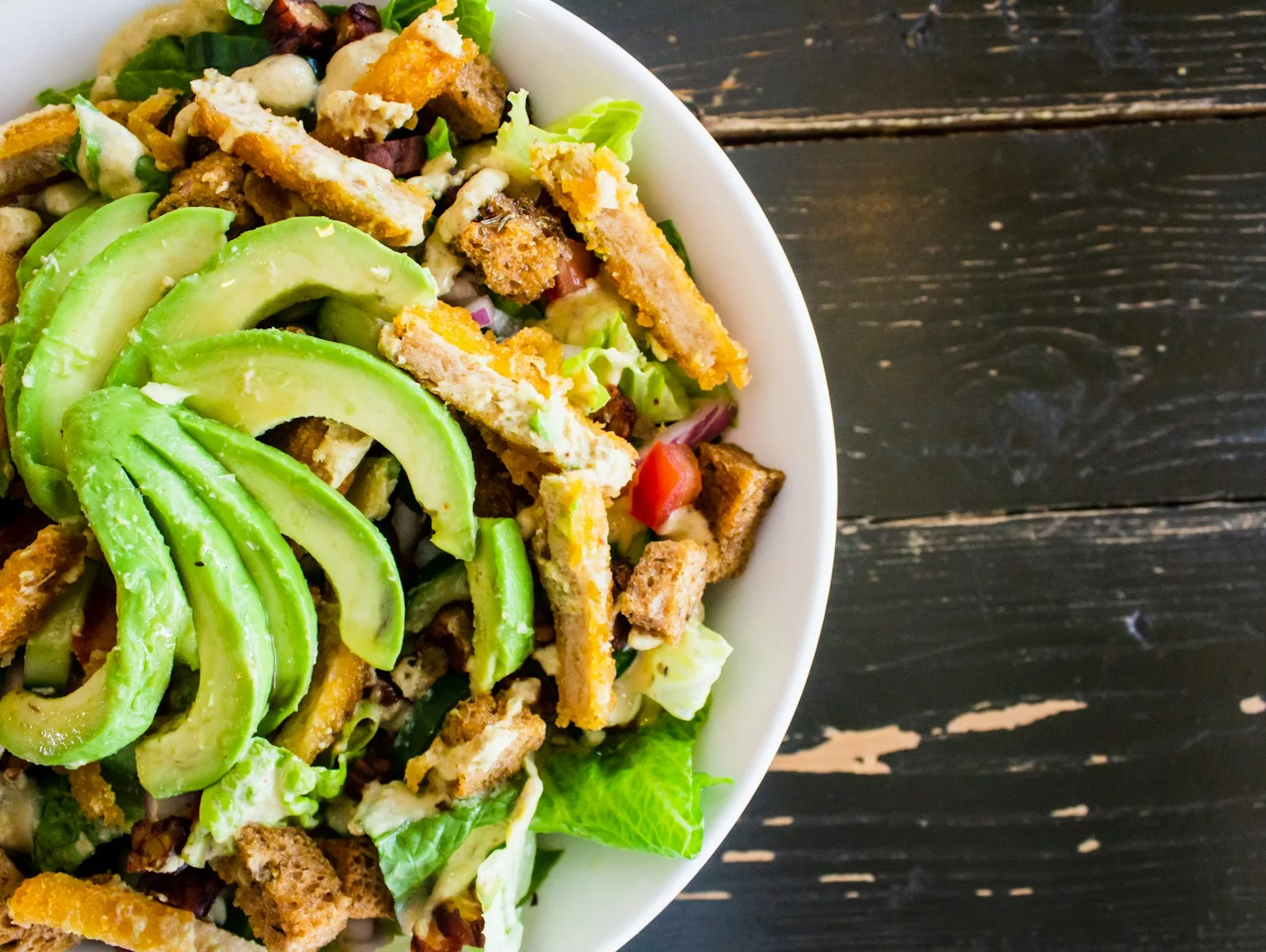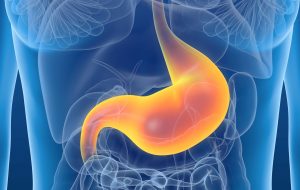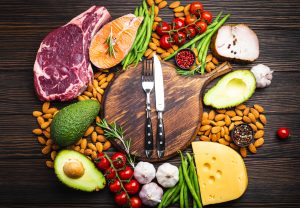Have you ever wondered what happens to your body when you stop eating carbs? It’s not just about losing weight—it’s about completely changing the way your body fuels itself. Most of us run on carbohydrates, using glucose from foods like bread, pasta, and sugar as our primary energy source. But when you cut carbs significantly, your body has to find a new way to generate energy, and that’s where ketosis comes in. Instead of relying on sugar for fuel, your body shifts gears and starts breaking down stored fat, producing molecules called ketones to power everything from your muscles to your brain.
This isn’t just some diet fad—it’s a survival mechanism that humans have relied on for thousands of years. Our ancestors didn’t have grocery stores stocked with food; they often went long periods without eating, and their bodies adapted by using stored fat for energy. Today, people choose to enter ketosis not out of necessity, but to take advantage of its powerful benefits—burning fat more efficiently, stabilizing energy levels, and sharpening mental focus.
In the modern world, we’re used to eating a diet high in carbohydrates, which provides a quick source of energy. The body stores excess glucose as glycogen in the liver and muscles, using it as a backup fuel. But when carbohydrate intake is drastically reduced, the body quickly burns through those glycogen reserves and has no choice but to switch to burning fat for energy. This transition into ketosis can come with a period of adjustment, but once your body adapts, many people report experiencing sharper mental clarity, more consistent energy levels, and steady fat loss. For those looking to improve their health, shed excess weight, and avoid the energy crashes that come with a high-carb diet, ketosis presents an effective and sustainable alternative.
Benefits of Ketosis
1. Fat Loss
One of the primary reasons people adopt a ketogenic diet is its powerful fat-burning capability. When the body enters ketosis, it starts using stored fat as its main source of energy instead of carbohydrates. This metabolic shift enables the body to burn fat at a much higher rate than a standard diet. Additionally, as insulin levels drop, the body becomes more efficient at mobilizing fat, ensuring that excess fat stores are broken down for energy rather than stored. This process not only aids in significant weight loss but also helps in reducing stubborn fat deposits, particularly around the abdomen and thighs, which are often difficult to target with traditional diet and exercise methods alone.
2. Increased Energy Levels
Once the body becomes fully adapted to ketosis, energy levels become significantly more stable and sustained throughout the day. This happens because ketones provide a more efficient and longer-lasting source of energy compared to glucose. Unlike carbohydrates, which lead to frequent blood sugar spikes and crashes, ketones allow for a consistent energy supply, reducing fatigue and sluggishness. Many individuals on a ketogenic diet report feeling more energetic and productive throughout the day, without experiencing the mid-afternoon slump that often accompanies high-carb diets. This can be particularly beneficial for those with demanding jobs, athletes, or anyone looking to maintain high levels of physical and mental performance.
3. Improved Mental Focus
The brain thrives on ketones as an alternative energy source, making ketosis an excellent tool for enhancing cognitive function. Many people report increased mental clarity, sharper focus, and better memory retention while following a ketogenic diet. This is because ketones are a more efficient and stable fuel for the brain compared to glucose. In fact, research has shown that ketogenic diets may help improve symptoms in individuals with neurodegenerative disorders such as Alzheimer’s and Parkinson’s disease. By reducing inflammation and oxidative stress in the brain, ketosis can support long-term cognitive health and mental performance, making it an attractive option for students, professionals, and anyone seeking a brain boost.
4. Appetite Suppression
One of the most surprising benefits of ketosis is its natural ability to reduce hunger and cravings. This is largely due to the effect ketones have on the body’s hunger hormones, such as ghrelin and leptin, which regulate appetite. Unlike high-carb diets that cause frequent blood sugar fluctuations and hunger pangs, a ketogenic diet stabilizes these levels, making it easier to consume fewer calories without feeling deprived. Additionally, because keto meals are rich in fats and proteins, they promote satiety, keeping you full for longer periods and reducing the likelihood of overeating or snacking on unhealthy foods. This appetite-regulating effect can be incredibly beneficial for those trying to lose weight or maintain a healthy eating pattern.
5. Blood Sugar and Insulin Stability
A ketogenic diet can have profound effects on blood sugar control and insulin sensitivity. By drastically reducing carbohydrate intake, ketosis minimizes blood sugar fluctuations, helping to prevent the spikes and crashes associated with high-carb diets. This is particularly beneficial for individuals with type 2 diabetes or insulin resistance, as it allows for better glucose regulation and may reduce dependence on diabetes medications. Additionally, lower insulin levels contribute to improved metabolic health, reducing the risk of conditions like obesity, heart disease, and metabolic syndrome. Over time, many people on a ketogenic diet experience enhanced insulin sensitivity, making it easier for their bodies to regulate blood sugar naturally.
Steps to Enter Ketosis
1. Drastically Reduce Carbohydrate Intake
To enter ketosis, you must significantly lower your daily carbohydrate intake, typically within 20-50 grams per day. This forces the body to use alternative fuel sources, shifting its primary energy supply from glucose to fat. Focus on consuming low-carb vegetables like leafy greens, broccoli, and cauliflower, which provide essential fiber and nutrients without excessive carbohydrates. Avoid high-carb foods such as bread, pasta, rice, potatoes, and sugar, as they will prevent ketosis. Many individuals also find it beneficial to track their macros using a food diary or app to ensure they are staying within their daily carb limit.
2. Increase Healthy Fats
To compensate for the reduction in carbohydrates, your diet should primarily consist of healthy fats, making up approximately 70-80% of your total daily caloric intake. Healthy fat sources include avocados, nuts, seeds, olive oil, coconut oil, butter, and fatty fish such as salmon and mackerel. These fats provide essential energy, support hormone production, and help maintain satiety. It’s crucial to choose natural, unprocessed fats and avoid trans fats or heavily processed vegetable oils, as these can cause inflammation and negatively impact your health.
3. Moderate Protein Consumption
Protein intake should be moderate, as excessive protein can be converted into glucose through a process called gluconeogenesis, potentially hindering ketosis. The recommended protein intake is 0.6 to 1.0 grams per pound of lean body mass. Good protein sources include grass-fed beef, poultry, eggs, fish, and full-fat dairy products. When consuming protein, aim to pair it with healthy fats to maintain an optimal macronutrient balance and avoid spiking insulin levels.
4. Incorporate Intermittent Fasting
Intermittent fasting can significantly speed up the transition into ketosis by depleting glycogen stores faster. A common fasting method is 16:8, where you fast for 16 hours and eat within an 8-hour window. During fasting periods, the body starts burning stored fat more efficiently, helping you enter ketosis quicker. Many people find that fasting not only aids in fat loss but also enhances mental clarity and stabilizes energy levels throughout the day.
5. Exercise Regularly
Physical activity, particularly high-intensity workouts, strength training, and endurance exercises, helps accelerate glycogen depletion, allowing the body to enter ketosis faster. Low-intensity activities like walking and yoga also support ketosis by improving insulin sensitivity and encouraging fat oxidation. Combining resistance training with cardiovascular exercise can enhance overall fat-burning efficiency.
6. Stay Hydrated and Balance Electrolytes
Since ketosis has a diuretic effect, it’s essential to drink plenty of water and replenish electrolytes like sodium, potassium, and magnesium. This prevents dehydration and reduces symptoms of the “keto flu,” which can include headaches, fatigue, and muscle cramps. Incorporate electrolyte-rich foods like leafy greens, nuts, and bone broth into your diet to maintain proper hydration levels.
7. Use Exogenous Ketones (Optional)
Exogenous ketones can boost ketone levels in the bloodstream, providing energy and easing the transition into ketosis. While not necessary, they can be beneficial for those experiencing difficulty adapting to a ketogenic lifestyle or needing an extra boost of mental clarity and endurance.
Conclusion
Entering ketosis requires strategic dietary changes and lifestyle adjustments, but the benefits of fat loss, mental clarity, and sustained energy make it a powerful metabolic state. The transition into ketosis is not always easy, and it demands commitment, consistency, and a thorough understanding of how the body shifts from burning carbohydrates to utilizing fat for fuel. However, the rewards can be profound, particularly for individuals seeking sustainable weight loss, improved metabolic health, and enhanced cognitive function. Many people report that once they become fully adapted to ketosis, their energy levels become more stable, their mental performance sharpens, and their ability to manage cravings and hunger improves significantly.
By following the key steps outlined—reducing carbohydrates, increasing healthy fats, moderating protein intake, incorporating intermittent fasting, and engaging in regular physical activity—you can effectively train your body to rely on fat as its primary fuel source. This process may take several days to a few weeks, depending on individual metabolic flexibility, dietary discipline, and activity levels. To make the transition smoother, it is crucial to stay hydrated, replenish electrolytes, and ensure you are consuming nutrient-dense foods that support optimal health and performance.
Once in ketosis, maintaining this metabolic state requires ongoing effort, as even minor deviations from a low-carb, high-fat diet can potentially disrupt ketone production. However, many individuals find that once they become accustomed to the ketogenic lifestyle, it becomes second nature, allowing them to enjoy the benefits of sustained energy, reduced inflammation, improved insulin sensitivity, and effective fat-burning. By making ketosis a long-term commitment rather than a short-term diet, you can unlock its full potential and reap the rewards of a healthier, more vibrant body and mind.




